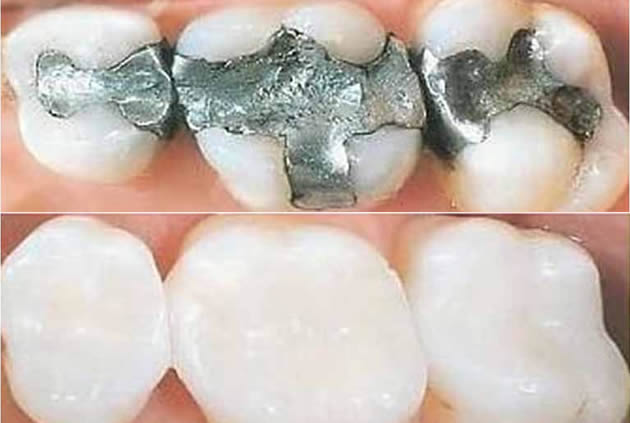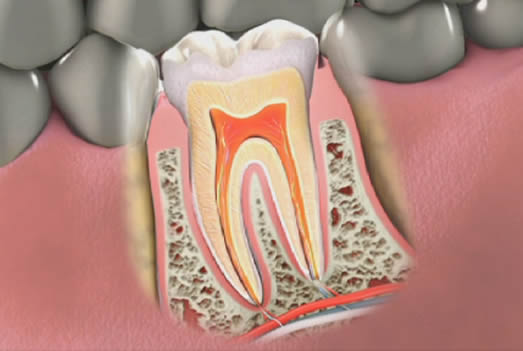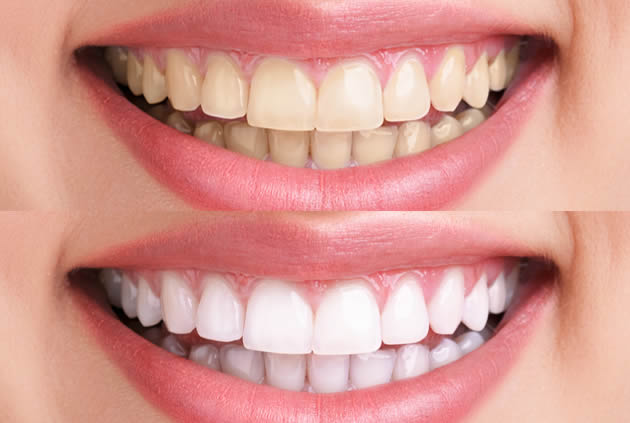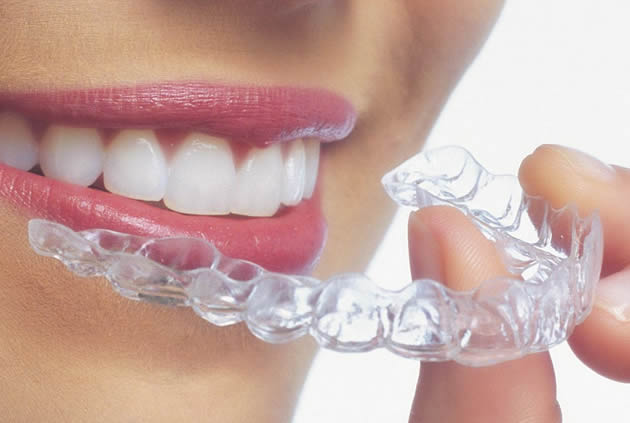Endodontic or root canal treatment focuses on the pulp of the tooth. The pulp contains nerves and blood vessels that supply nutrients and oxygen to the tooth. Endodontic treatment is performed in order to save the tooth when the pulp gets infected or injured. During treatment, the hollow area inside the tooth is cleaned, disinfected and filled.
When the pulp has been injured by trauma, decay or other causes, endodontic treatment is usually the best way to try to save the tooth. Unless a child’s tooth is about to fall out, a dentist may recommend endodontic treatment on a child’s primary (baby) tooth. Without treatment, the child will experience pain or discomfort, and infection may result. Early extraction of the primary tooth is usually not advisable because primary teeth are necessary for chewing and for learning proper pronunciation during language development. Also if a baby tooth is extracted too early, neighboring teeth can shift and occupy some of the vacant space making it difficult for the permanent tooth to grow in properly.
Symptoms that indicate a need for endodontic treatment can include toothache, sensitivity to hot and cold, or if the pulp has been exposed due to fracture and the child is experiencing sensitivity.
The type of endodontic treatment that may be recommended depends on the damaged pulp, a tooth evaluation and the Xrays. There are two types of pulp therapy, depending on the condition of the tooth pulp:
Vital Pulp Therapy
The goal of vital pulp therapy is to preserve and protect the pulp. In this procedure, the pulp is only removed from the crown of the tooth and not from the root. Vital pulp therapy is only recommended if there is no swelling or abscess and the tooth is not loose. There are four main types of vital pulp therapy for baby teeth:
- Protective Base – This treatment is done when the tooth is only affected by decay and the pulp is healthy. First the decay is removed, then a protective material is inserted into the tooth and then the tooth is filled.
- Indirect Pulp Cap – This treatment is carried out when decay has come close to the pulp but does not reach it. The endodontist will remove as much of the decayed matter as possible without touching the sensitive pulp. A protective dressing is placed to cover the pulp which helps to speed up the healing process. A filling is placed on top of the dressing.
- Direct Pulp Cap – This procedure is performed when a little bit of the healthy pulp has been exposed due to tooth decay or fracture. Medicine is applied to the exposed pulp to prevent infection, then the pulp cap is placed and the tooth is filled. Direct pulp cap procedures have a higher success rate in permanent teeth, so this therapy is rarely used for baby teeth.
- Vital Pulpotomy – This treatment is an option when only the crown portion of the pulp has been damaged by decay or trauma and the root portion is still healthy. The dentist will remove all tooth decay along with the damaged portion of the pulp, leaving the healthy root pulp intact. Medicine is applied to the exposed portion of the root, and the tooth is filled and enclosed with a stainless steel crown. The crown protects the weakened tooth from future fracture or damage. If a vital pulpotomy is performed on a childs permanent tooth, it is usually done as a temporary measure to allow the tooth’s root to finish growing. If necessary, a complete root canal treatment may be performed once the tooth root has matured.
Non-vital pulp therapy
Non-vital pulp therapy (also known as root canal treatment) is required out when there is no chance of saving the pulp. The endodontist will remove the entire tooth pulp from inside the tooth and will clean and fill the canals with a special material. A stainless steel crown is then placed on the tooth to prevent it from fracturing.
Extraction versus Endodontic Treatment for Primary Teeth
Many factors need to be considered when determining whether an extraction or an endodontic treatment is the right choice for your child. The choice of treatment depends on factors such as:
- The location of the tooth that is affected.
- The tooth’s useful remaining life.
- The extent to which the pulp and tooth have been damaged.
- Whether neighboring bone and gum tissue have been affected.
- Whether the tooth can be properly repaired after the root canal is performed.
- Whether the patient has a healthy or abnormal immune system. An extraction is recommended if child has a weak or compromised immune to avoid the chance of infection and resulting complications for the child.










